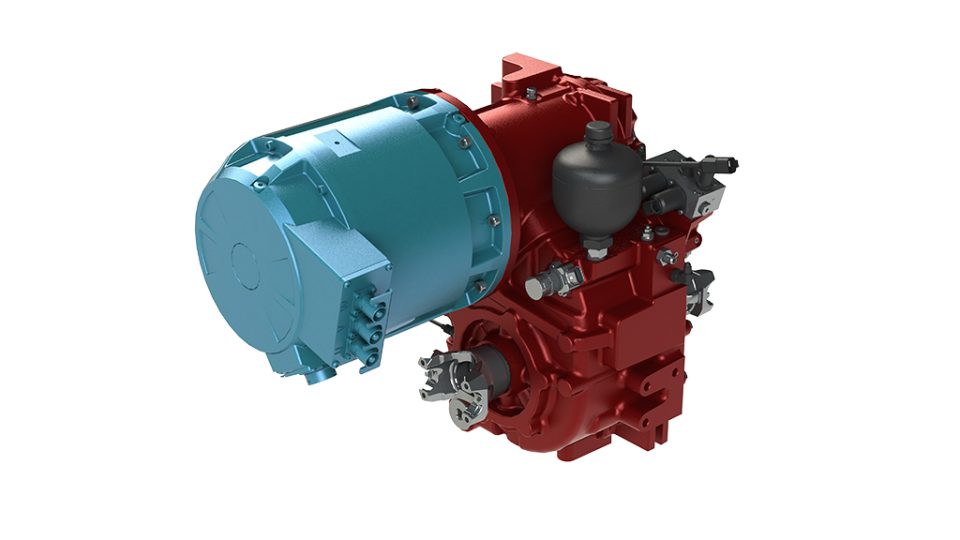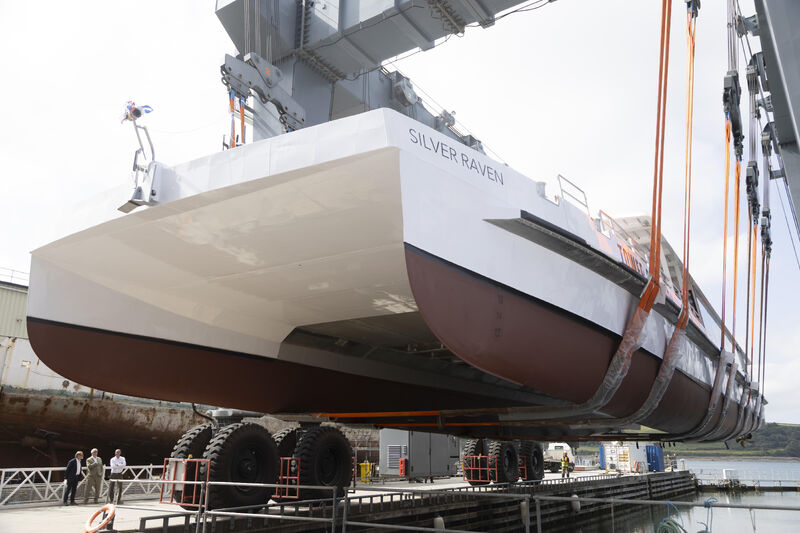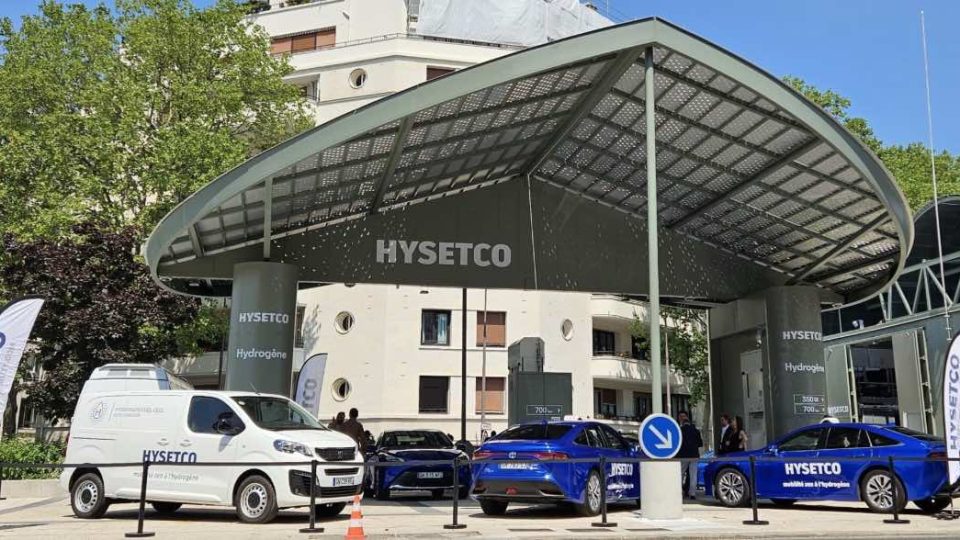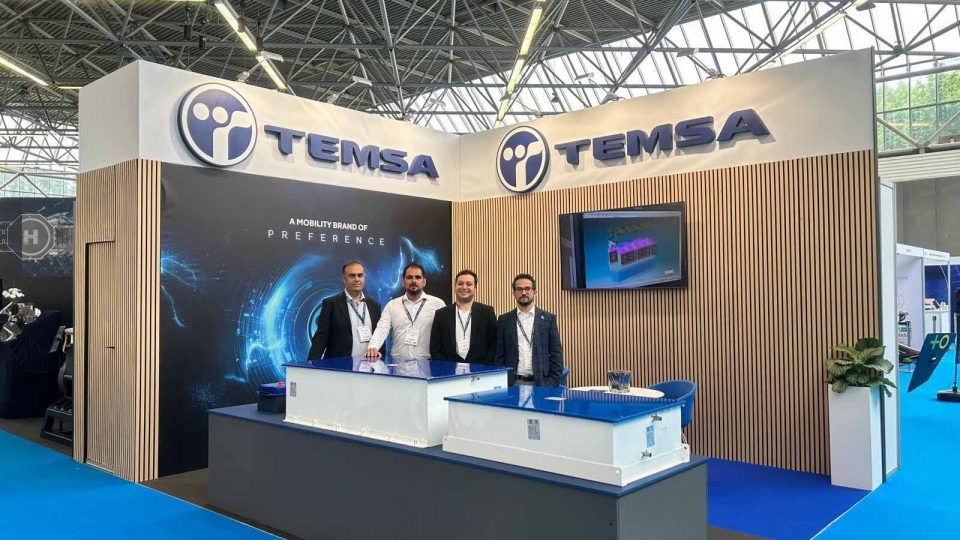Sweden’s largest energy storage system made with reuse batteries from BatteryLoop
In the south-western part of the Högsbo industrial area in Gothenburg, Stena Fastigheter and Ikano Bostad are planning for a new sustainable district with approximately 3,000 homes and community spaces. Today, there are existing properties and businesses here that need energy. Therefore, the companies have chosen to install Sweden’s largest energy storage built with reused batteries from BatteryLoop.
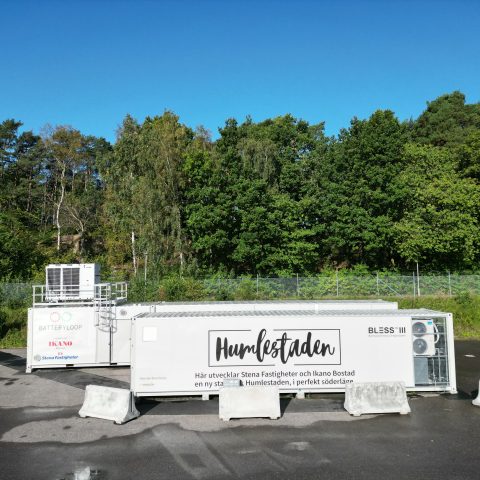
In the south-western part of the Högsbo industrial area in Gothenburg, Stena Fastigheter and Ikano Bostad are planning for a new sustainable district with approximately 3,000 homes and community spaces. The companies have chosen to install Sweden’s largest energy storage built with reused batteries from BatteryLoop.
The energy storage system was installed during the spring and has been running since middle of summer.
“Humlestaden is going to become a sustainable district and we see great value in starting that work now, before the reformation happens. By installing a battery storage, we get the opportunity to store our own produced electricity, cut power peaks and reduce our climate footprint to reach our goal of halving the climate footprint by 2030,” says Agneta Kores, CEO Stena Fastigheter Gothenburg.
An energy storage system can in many ways contribute to a more sustainable district, not least by support of the increased power and energy problems society is facing. The energy storage is installed in the middle of Gothenburg’s electricity grid, which faces major challenges in the face of future capacity shortages. The energy storage makes it possible for the new district of Humlestaden to contribute positively to Gothenburg even before the district is fully developed, by supporting the local grid with power during peak hours.
“This is very timely. We see that we can contribute to the issue of sustainability partly through reuse, in this case of batteries, and partly to reduce energy costs in our current operations. That we can then work further with this concept so that our development of a new district can be more sustainable both from an economic and climate perspective is good and important,” says Katarina Widén Allansson, regional manager Väst at Ikano Bostad.
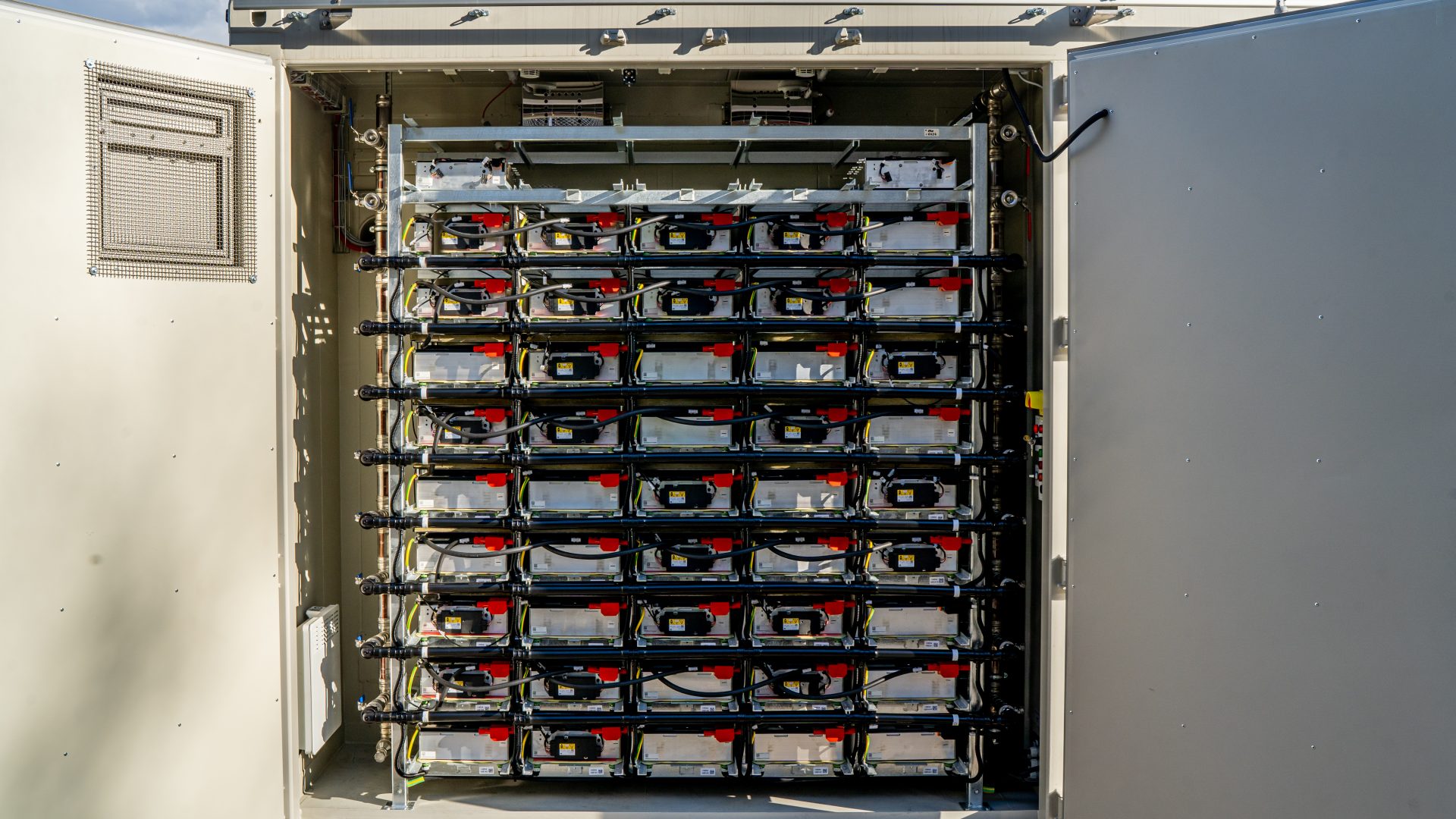
The energy storage is used for frequency ancillary services. Renewable energy, from for example sun and wind, has no grid stabilizing function. An energy storage can support with stability and thus enable more renewable energy in the grid without deteriorating the stability of the electricity grid. Since commissioning, these services have generated significant income for the owner of the energy storage.
“The installation is an important step for BatteryLoop, it is our largest energy storage that we have installed so far, and also Sweden’s largest energy storage made with reused batteries. It is essential for us to contribute to sustainability issues from several aspects, both with reuse and the possibilities created with our energy storages. The energy storage at Humlestaden already supports the electricity grid and in the long run can contribute to additional benefits that are important in the transition to an electrified and more sustainable society,” says Rasmus Bergström, CEO BatteryLoop.
The energy storage can also be used to reduce the need for costly investments in the electricity grid and enable more use of locally produced solar electricity, which contributes to a more sustainable district and reduces electricity costs for the district. The energy storage can also be used for charging electric vehicles without straining the electricity grid or driving high grid costs.
Facts about the energy storage system
BatteryLoop’s energy storage (BLESS) is created with reused electric vehicle batteries, the energy storage for Humlestaden is their larger system BLESS III with an output of 2.8 megawatts, and is created with reused batteries from Mercedes-Benz Energy. Making energy storage with reused electric vehicle batteries instead of new batteries means a saving of hundreds of tons of CO2 equivalents from the production stage. The energy storage has an energy of 2.6 megawatt-hours, which is equivalent to supplying 520 apartments with household electricity for 24 hours.





